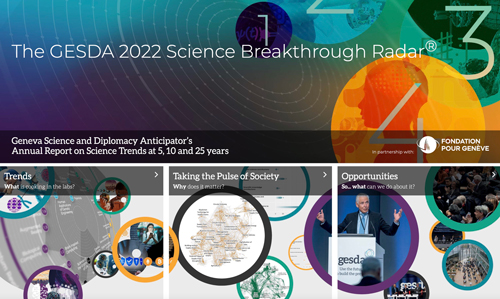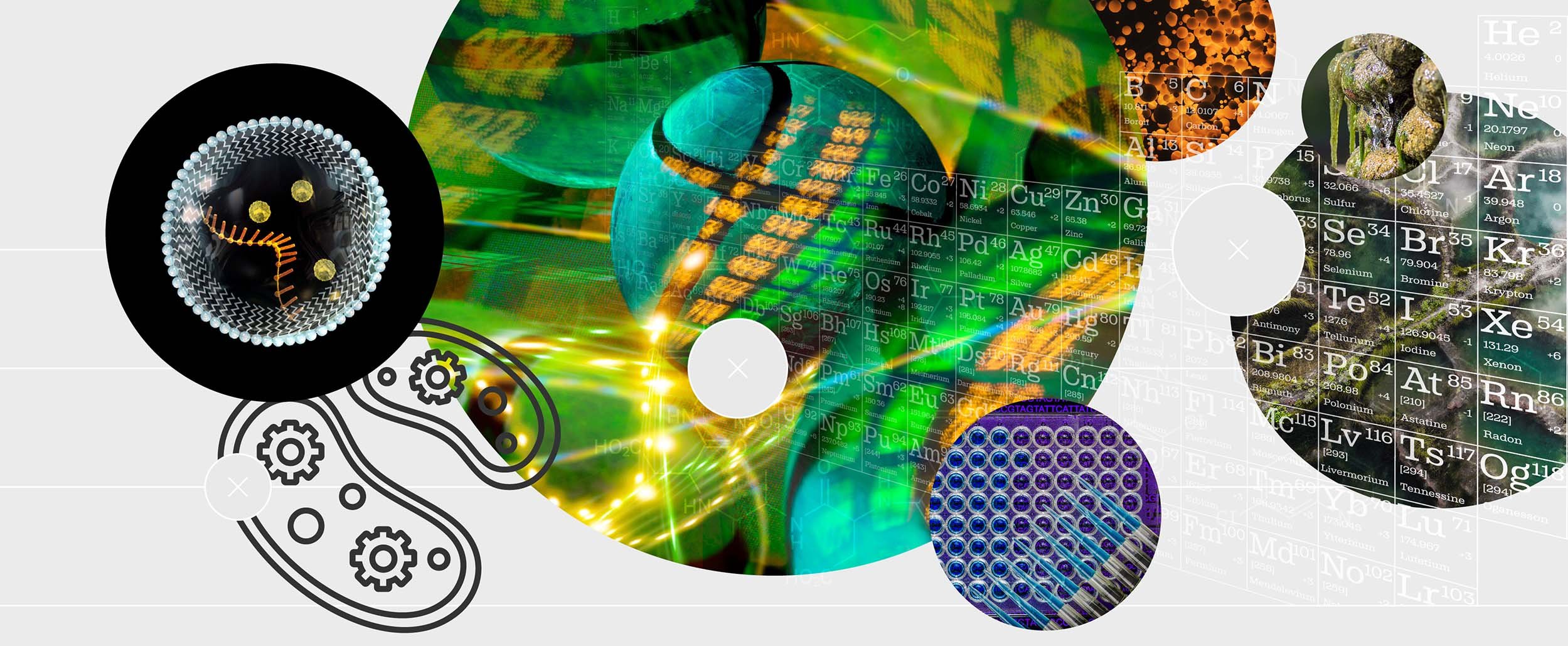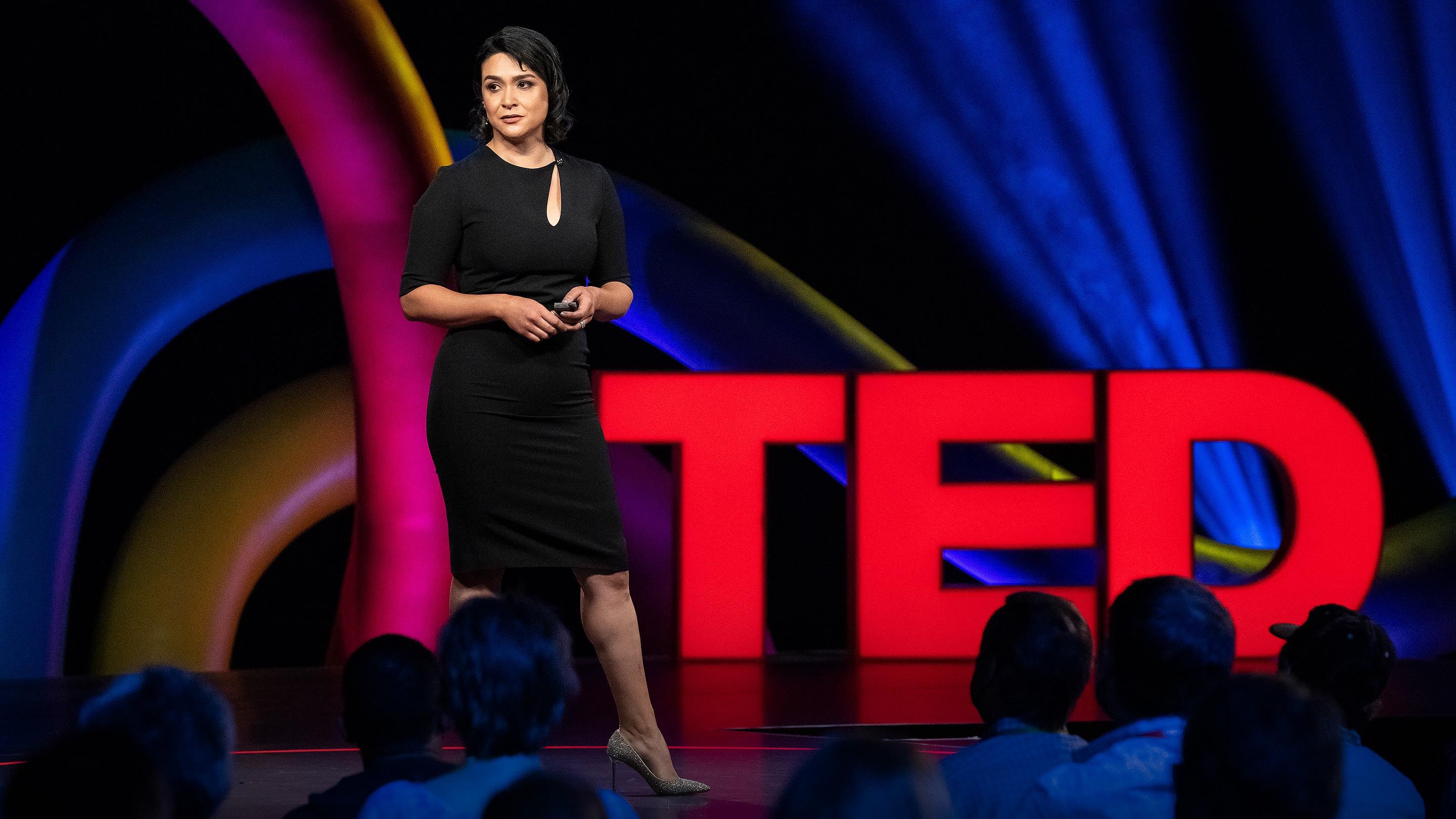In the last decade there have been increasing attempts to perform prebiotic chemistry experiments in a unified way: that is, to obtain multiple biochemicals, relevant to different aspects of the living organism, from the same feedstock and environment.8 This effort is sometimes called “systems chemistry” because it involves complex mixtures of interacting substances.9 Experiments have demonstrated that a small number of starter chemicals can lead to hundreds of products, through reaction networks that are highly robust.10
Commensurate with a shift toward systems chemistry, there is a concerted effort underway to study how the attributes of multiple, individual chemical reactions can form aggregate or network-level chemical systems that express attributes associated with living systems. Network analysis is a field that is developing tools that might be used to correlate the presence or absence of systems-level features with life-like behaviours. Network analysis tools focus on the relational structures that exist between objects, and therefore must be informed and interpreted through the use of a great deal of context-specific information about the circumstances in which these relationships are made possible.11
Despite this progress, many challenges remain. It is essential to understand chemical evolution: how systems of chemicals can change over time, and in particular what it might mean for them to “evolve“ in the absence of true genetic control. It is not clear what would constitute progress in such a system, but recent findings indicate multiple attributes that would define a genuinely “complex” chemical predecessor to life at the systems level. One potential target is the emergence of a set of chemicals or processes that is robust even amid changes to the rest of the system. Another is to generate chemical systems that are far from chemical and thermodynamic equilibrium, as this non-equilibrium state is one of the central features of life. Yet another is the demonstration of emergent chemical systems that are capable of processing information, but which do not require explicit structures, such as genes or the ribosome, to store or process biological genetic information.12





